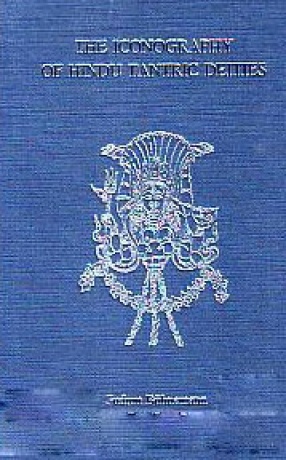
Gudrun Buhnemann

Showing all 11 books

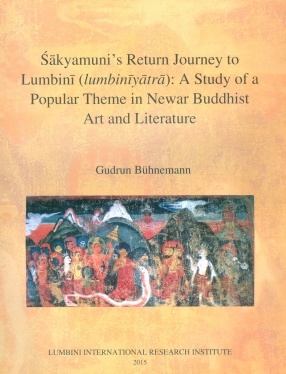
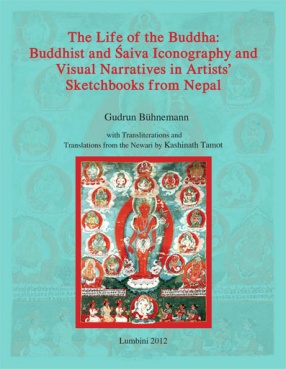


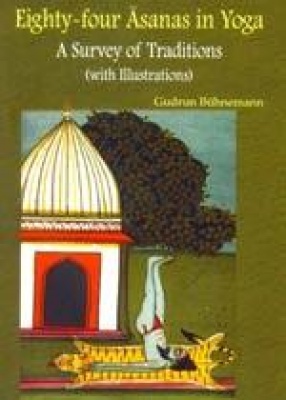
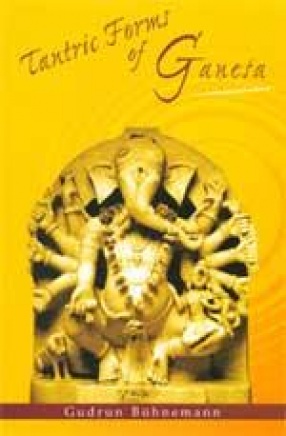

The Iconography of Hindu Tantric Deities, deals with the iconography of Hindu deities as presented in Sanskrit texts. It consists of two volumes in a single binding.

According to Newar Buddhists, Sakyamuni Buddha returned to his birthplace, Lumbini, after his enlightenment. Visual representations of his journey and visit to Lumbini date back to at least the seventeenth century and became especially popular in nineteenth- and twentieth-century Nepal. They show the Buddha riding standing up on a Naga (commonly identified with Sesa) while being attended by Hindu deities in service to him. Indra holds an honorific parasol steady ...

This book describes, analyses and reproduces line drawings from two manuscripts and a related section from a third manuscript. These are: 1) Manuscript M.82.169.2, preserved in the Los Angeles County Museum of Art (circa late nineteenth century) 2) Manuscript 82.242.1-24, preserved in the Newark Museum (from the later part of the twentieth century) and 3) A section from manuscript 440 in the private collection of Ian Alsop, Santa Fe, New Mexico (early twentieth ...
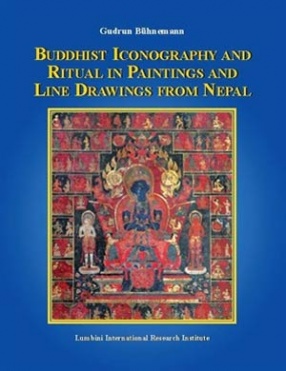
This book is divided into three sections. The first section introduces one specific tradition of Siddhas transmitted by artists from Nepal. This artistic legacy, which is related to a corpus of texts that go back through Srisena and Bu ston, includes two paintings and an incomplete set of line drawings. One of the paintings is an early-sixteenth-century paubhª of Vajradhara surrounded by the eighty-four Siddhas (now preserved in the National Art Gallery, ...
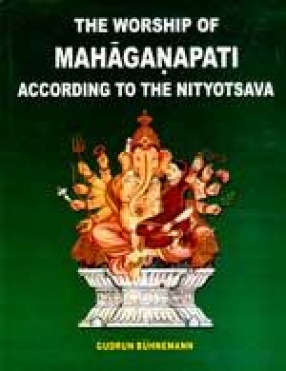
The present study contributes to an understanding of the aims of Tantric puja, which is intentionally hidden from the common man, and about which many strange notions prevails both in India and the West. As an example of regular Tantric puja practices it presents, with an elaborate introduction and commentary, the Sanskrit text and English translation of the second chapter of the Nityotsava. This text was written in 1745 A.D. by Jagannatha Pandita alias ...
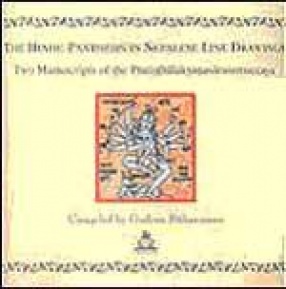
This book reproduces line drawings of the pantheon of deities described in chapter 6 of the Pratisthalaksanasarasamuccaya from two 17th century Nepalese manuscripts. Drawing s of the 64 Yoginis according to the Devi-Purana found in an appendix to both manuscripts are also reproduced. The line drawings from Nepal should prove to be of great importance to the study of Hindu iconography. Comprehensive and almost complete sets of illustrations of pantheons such as ...


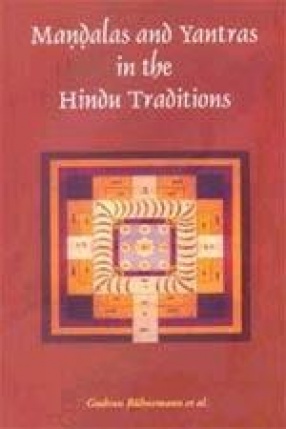
In recent years mandals have attracted much interest among a wider public. The main focus of such interest has been directed towards Tibetan mandalas, specimens of which have been included in numerous publications. But Mandalsa are found across a wide spectrum of South Asian religious traditions, including those of the Hindus and Jains. Hindu andalsa and Yantras have hardly been researched. This book attempts to fill this gap by clarifying important aspects of ...

Physical postures (asanas)are the most important and often the only constituent of modern Yoga. Many practitioners believe that the postures derive from an ancient original set of eighty-four asanas. This book, for the first time, traces traditions of eighty-four postures by examining original materials, including drawings, descriptions in older Indic texts and modern publications which reflect contemporary traditions. It also takes up a number of broad issues ...

Although the number of publications dealing with Ganesa is not insignificant, few take original Sanskrit texts into consideration. The Tantric aspects of the deity have certainly been studied too little. This book contributes to our knowledge of this less familiar side of Ganesa. It describes his forms according to the Vidyarnavatantra, a large compilation on mantrasastra attributed to Vidyaranya Yati and compiled around the seventeenth ...
